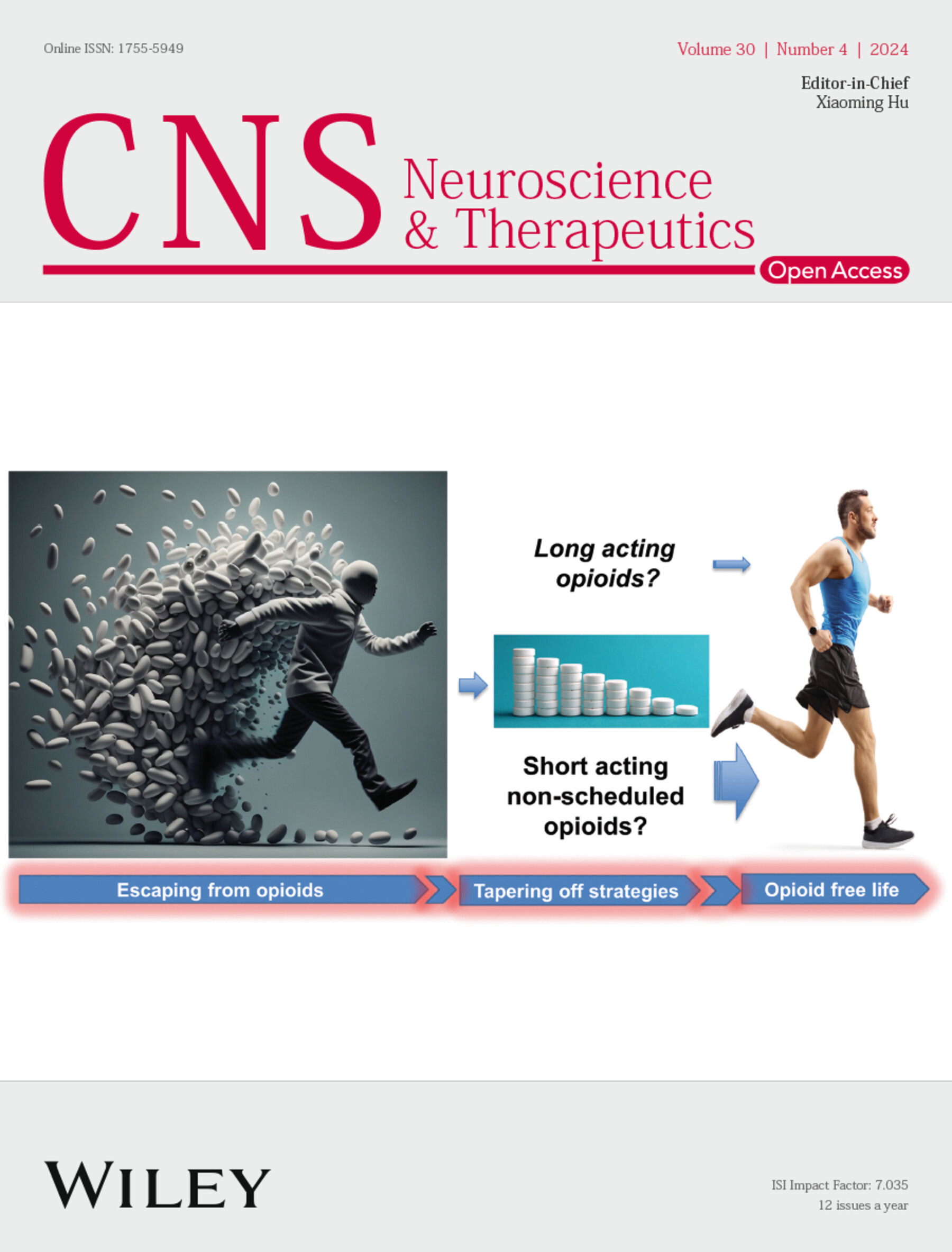Gastrodin Alleviates Tau Pathology by Targeting the Alzheimer's Risk Gene FERMT2, Reversing the Reduction in Brain Viscoelasticity
Abstract
Background
The pathogenesis of Alzheimer's disease (AD) remains incompletely elucidated, and there is a notable deficiency in effective and safe therapeutic interventions. The influence of brain matrix viscoelasticity on the progression of AD has frequently been underestimated. It is imperative to elucidate these overlooked pathogenic factors and to innovate novel therapeutic strategies for AD. Gastrodin, a bioactive constituent derived from the traditional Chinese medicinal herb Gastrodia elata, exhibits a range of pharmacological properties, notably in the enhancement of neural function. Nevertheless, the underlying mechanisms of its action remain insufficiently elucidated. Consequently, this study seeks to examine the therapeutic effects and underlying mechanisms of gastrodin in the context of AD, with particular emphasis on its potential influence on the viscoelastic properties of the brain matrix.
Methods
This study employs a range of methodologies, including the Morris water maze test, Y-maze spontaneous alternation test, atomic force microscopy (AFM), immunofluorescence, transmission electron microscopy, molecular docking, and Cellular Thermal Shift Assay (CETSA), to demonstrate that gastrodin mitigates tau pathology by modulating FERMT2, thereby reversing the deterioration of mechanical viscoelasticity in the brain.
Results
Gastrodin administration via gavage has been demonstrated to mitigate cognitive decline associated with AD, attenuate the hyperphosphorylation of tau protein in the hippocampus and cortex, and ameliorate synaptic damage. Additionally, gastrodin was observed to counteract the reduction in brain matrix viscoelasticity in 3xTg-AD mice, as evidenced by the upregulation of extracellular matrix components pertinent to viscoelasticity, notably collagen types I and IV. Furthermore, molecular docking and CETSA revealed a strong binding affinity between gastrodin and FERMT2. Gastrodin treatment resulted in a reduction of FERMT2 fluorescence intensity, which is selectively expressed in astrocytes. Additionally, gastrodin contributed to the restoration of the blood–brain barrier (BBB) and modulated the expression levels of inflammatory mediators interleukin-6 (IL-6), tumor necrosis factor-alpha (TNF-α), and matrix metallopeptidase 8 (MMP8).
Conclusion
Gastrodin treatment has the potential to mitigate tau pathology, thereby enhancing learning and memory in AD mouse models. This effect may be mediated through the modulation of cerebral mechanical viscoelasticity via the mechanosensor FERMT2, which facilitates the restoration of synaptic structure and function. This process is potentially linked to the maintenance of BBB integrity and the modulation of inflammatory factor release.


 求助内容:
求助内容: 应助结果提醒方式:
应助结果提醒方式:


